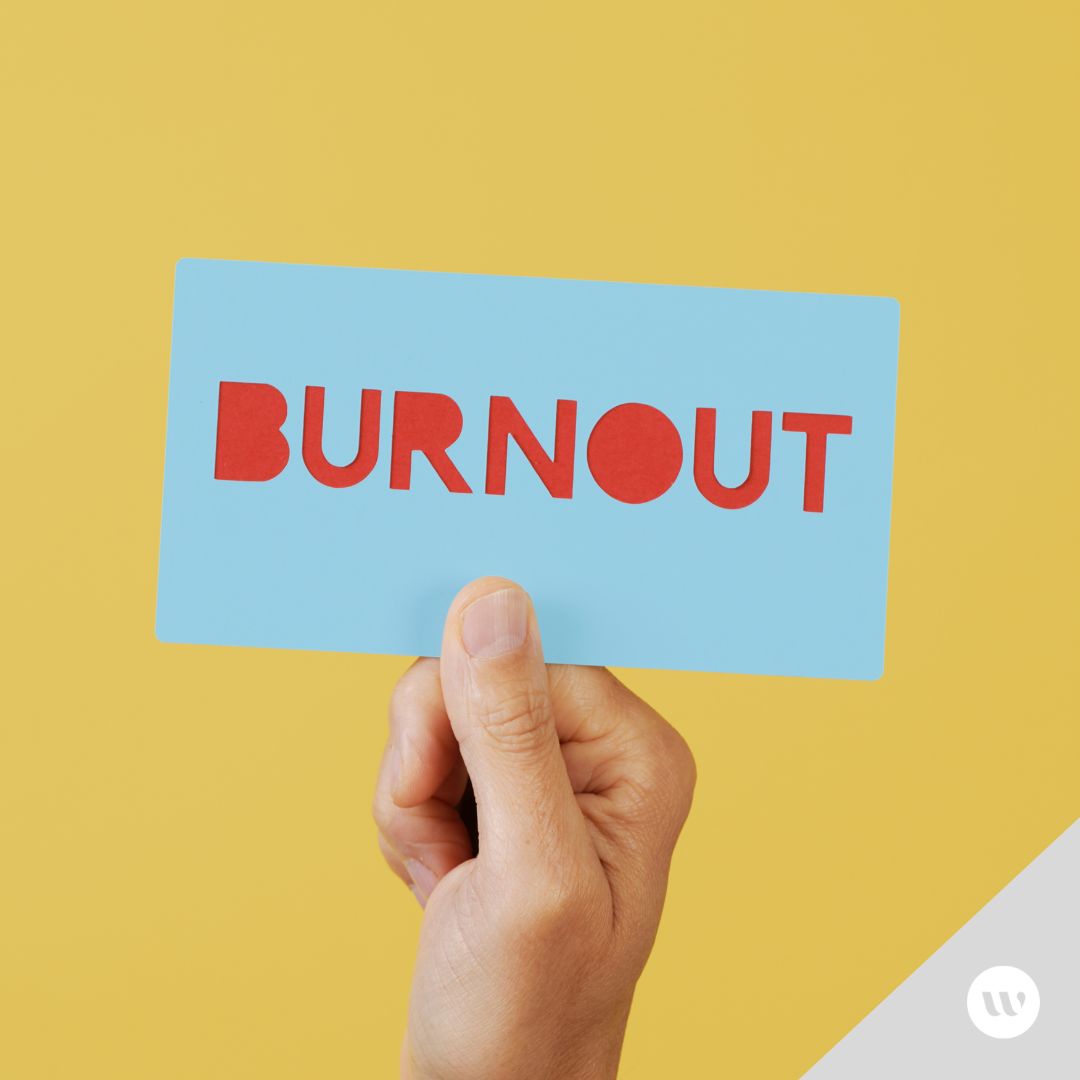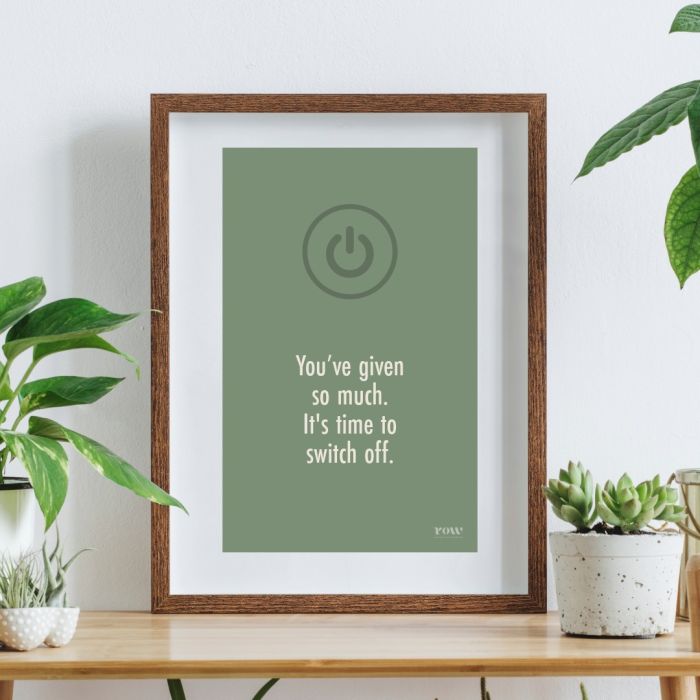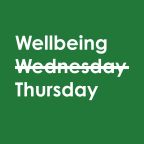It's not just feeling tired or stressed - it's a deep exhaustion that affects us mentally, emotionally, and physically. And it's having serious impacts on people and businesses. In fact, the World Health Organisation (WHO) now recognises burnout as a workplace issue, showing just how serious it is.
WHO describes burnout as feeling emotionally drained, disconnected from your job, and less productive. It's more than just needing a good night's sleep or a vacation.
As leadership coach and author of Beyond Burnout Suzi McAlpine puts it, if you take time off but don't feel any better when you return, that's a red flag for burnout.
"It's like you've got nothing left to give. It's not just you lose your bounce back factor, you might go on holiday, and you come back, and your batteries won't recharge," she says.
The term "burnout" was first introduced in the early 1970s by American psychologist Herbert Freudenberger, and was later expanded upon by social psychologist Christina Maslach.
Burnout is recognised as an occupational phenomenon by the World Health Organisation in the 11th Revision of the International Classification of Diseases (ICD-11), though it’s not classified as a medical condition. Rather, it’s considered a phenomenon.
ICD-11 defines burnout as a syndrome resulting from chronic, unmanaged workplace stress, with three key aspects:
- Feelings of exhaustion or energy depletion
- Mental distancing or negative attitudes toward one's job
- Reduced professional effectiveness
According to the WHO, burnout refers to work-related stress. However, beyond this definition, there is growing recognition that burnout can occur beyond the workplace, affecting individuals in various areas of life, such as caregiving. Life factors such as personal stress can also add to it.
How bad is burnout?
The impact of burnout on organisations is significant.
McAlpine says, "Burnout has been proven to cause issues with reduced productivity, engagement, turnover, presenteeism, absenteeism. So it really isn't good for the bottom line from an organisational perspective."
The cost to businesses globally is estimated to be in the hundreds of billions of dollars annually.
And the numbers paint a worrying picture. A recent study found that 44% of U.S. workers feel burnt out, and over half feel completely drained at the end of each workday.
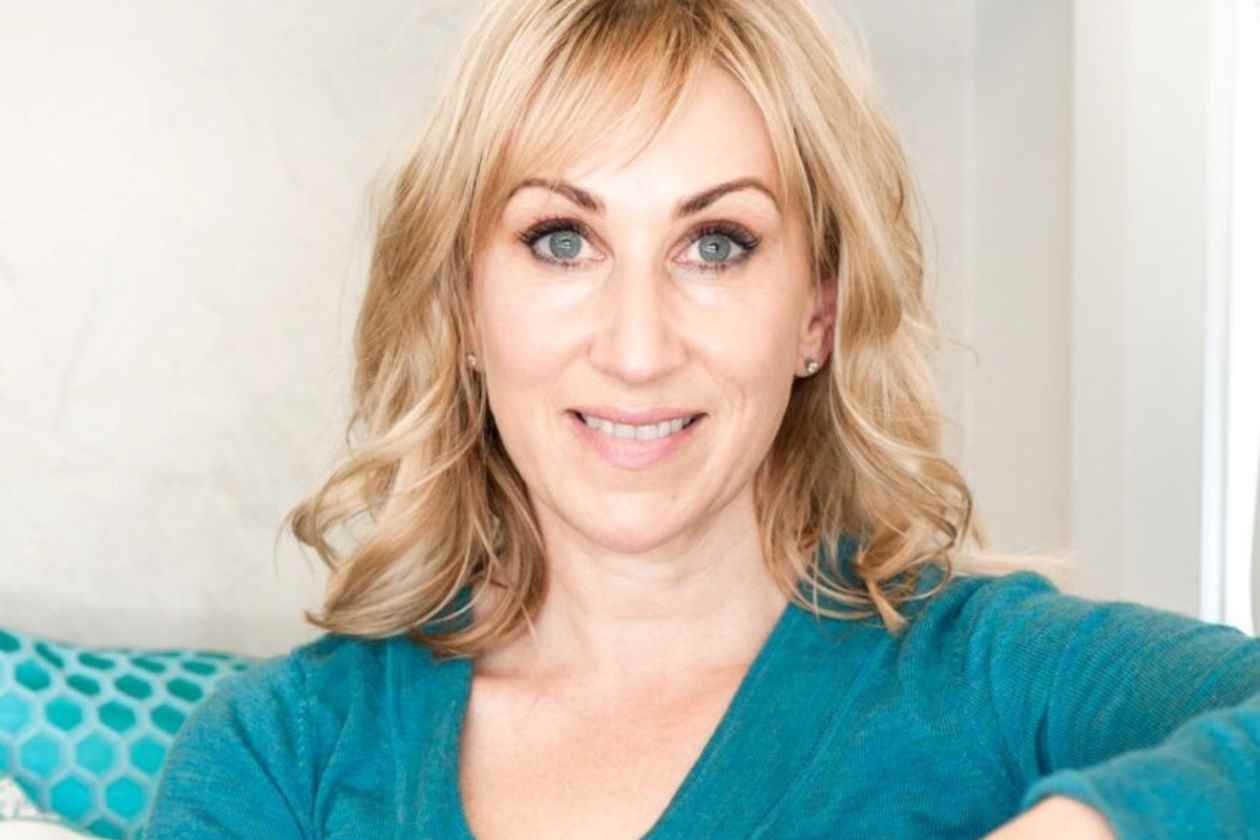
In New Zealand, the latest data from Massey University shows that one in two workers are now experiencing severe burnout, marking a record high in the workforce. This surpasses even the burnout levels seen during the height of the pandemic.
Professor Jarrod Haar, who has tracked burnout rates since 2020, gathered the data from over 1,000 New Zealand employees in April 2024.
The findings reveal that 57% of employees are at high risk of burnout, more than double the 25% reported in December 2023, and higher than the previous peak of 43% in November 2021.
Some industries have it even worse - in media, marketing, and creative fields, a sobering 70% of professionals experienced burnout in the past year alone.
Revolutionaries of Wellbeing founder Sarah McGuinness, who has experienced burnout herself, says the cost is high, affecting everything from turnover to productivity to mental health across entire companies and families.
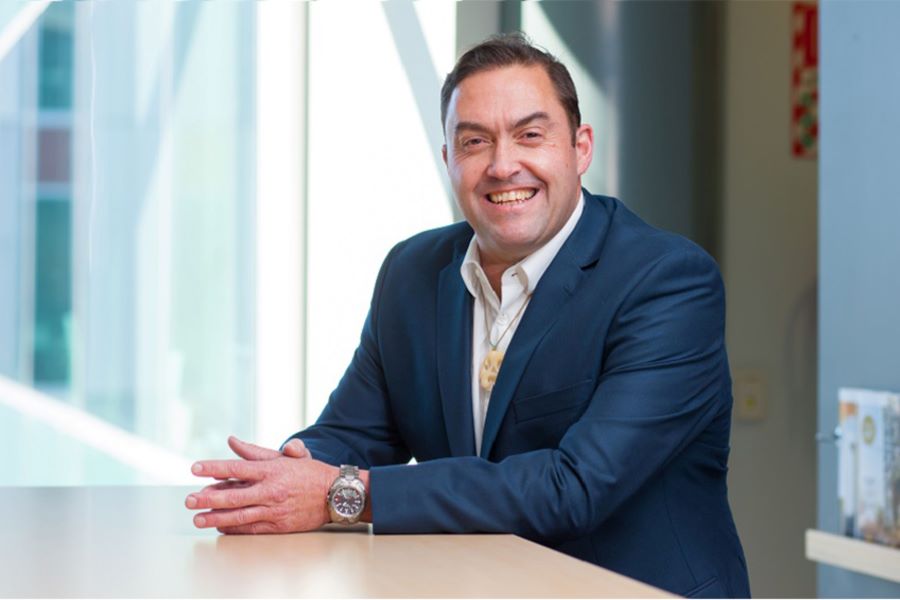
The signs and symptoms of burnout
The journey to burnout is often gradual and can be influenced by a combination of individual, work-related, and environmental factors.
McGuinness describes her experience: "For me, getting to burnout was slow. It didn't happen overnight."
The warning signs were there, but she brushed them off at first. Even with her background in wellbeing, she got caught up in the cycle of overwork and fatigue.
"I was up at 5 AM trying to get work done before the kids wake up," McGuinness says. "Then it was a mad dash to get everyone out the door. It always felt like a panic."
Initially, McGuinness’s GP attributed her symptoms to the demands of motherhood, dismissing them as the result of being "a busy mother".
This pattern of medical professionals downplaying her concerns would continue for years, leaving McGuinness feeling frustrated and misunderstood.
And the red flags kept piling up: night sweats, constant tiredness, and feeling wiped out even after exercise. As things got worse, McGuinness struggled with self-doubt.
"I kept thinking, 'I'm supposed to be an expert in this stuff. Why can't I figure it out?'" she says. "I felt like I should know what to do."

The demands of her work began to consume McGuinness’ life, leading to a state she describes as addiction.
"Work was a drug," she says. "It combined all of my strengths and my passions, and I loved the people in our community, and I loved the buzz of connecting with others on a common goal."
However, this intense focus on work came at a cost. Her personal life began to suffer, and she found herself struggling to maintain relationships.
She says, "I was trying to juggle being a mum and a wife and a friend, although a terrible one at that, and trying to juggle being a great colleague and a good person to work with."
The breaking point came in the form of a simple email with feedback about her business. McGuinness couldn't handle it. She shut her laptop, walked away, and broke down crying on the couch. That's when she finally reached out for help, calling a mental health hotline.
She says it’s important to recognise that burnout is not simply stress, or a mental illness like depression or anxiety, although these conditions can coexist with burnout.
“I think there can be a bit of a misunderstanding with what burnout is, and I’ve been there. I’ve said I was burnt out when actually I was just a bit overwhelmed and tired and a holiday fixed it. True burnout is a level of exhaustion I didn’t even know existed until it happened.”
Burnout can manifest in various ways, including emotional impairment, cognitive issues, and mental distancing from work.
Haar says, "Cognitive impairment is when we start having memory problems. And I've heard people talk about this and [say] I've opened up the lid on my laptop and I can't remember how to start it.
Recognised signs of burnout include:
- Chronic lack of energy
- Difficulty making decisions
- Not feeling refreshed by sleep or holidays
- Irritability and lack of resilience
- Unexplained physical symptoms
- Self-medication (e.g., increased drinking or drug use)
- Forgetfulness
So what's causing all of this? Here's the thing - burnout isn't just a personal problem. It's baked into how many organisations operate. As McAlpine notes, it's like trying to treat sick fish without cleaning the polluted water they're swimming in.
Research shows the causes of burnout include excessive workload, lack of control, insufficient reward, absence of fairness, and values conflict.
But it's not just about long hours. Feeling underappreciated, isolated, or unfairly treated at work can all contribute. Having little control over your work or conflicts with your values are other common triggers.
Haar's research has found that "those employees who were burnt out are more likely to want to leave their job, which makes sense, but if you find lots of meaning in your work, it actually reduces the willingness to leave, which sounds good, but it doesn't reduce the mental health problems of being burnt out."
From a societal perspective, McGuinness says, "We've bought into the marketing message that self-care is luxury when actually it's essential."
"In midlife, we're essentially the meat in the sandwich. It's everything from caring for younger generations and older generations. It's when we build our career, sink our career, start a new career,” she says.
This period is marked by significant milestones, both personal and professional, adding layers of stress and responsibility to an already complex life stage.
The misconception that self-care is a luxury has led many to feel guilty about focusing on their own needs beyond the pursuit of productivity and success.
The pressure of mobile phones and constant connectivity has further eroded the separation between work and home, making it increasingly difficult to truly disconnect and recharge.
Haar points to technology use after hours as a major factor. When work bleeds into our personal time, it takes a toll.
Professor Haar's research also found that feeling lonely at work and imposter syndrome can increase the risk of burnout.
The global landscape has further complicated matters, with recent events such as the COVID-19 pandemic leaving lasting impacts on businesses, supply chains, and interpersonal interactions.

McGuinness says, "Not only has Covid given us issues around our businesses and how they're thriving and trying to recover, we're still working through the hangover of that."
These ongoing challenges have led to increased aggression from customers, higher expectations, and shorter fuses, all of which contribute to a more stressful environment for workers across various industries.
Perfectionism also emerges as a significant factor affecting wellbeing, particularly in high-pressure professions.
McGuinness, a self-described recovering perfectionist, says, "We put these unrelenting standards on ourselves there’s no margin of error. It’s this pressure to be enough all of the time.”
This drive for perfection can lead to burnout, reduced vulnerability, and strained relationships, as people struggle to maintain an impossible standard of excellence.
Strategies for reducing burnout
So what can we do? Tackling burnout isn't a solo mission - it takes all of us. And it takes a multi-pronged approach.
Organisations
Companies should prioritise employee wellbeing, encourage social connections, and create psychologically safe environments. Leaders need to walk the talk - set clear expectations, give regular feedback, and work to destigmatise mental health issues at work.
McAlpine says, "Leaders need to lead and model what they expect of their teams."
This includes being mindful of out-of-hours communication and fostering a culture of wellbeing.
One key strategy for workplaces is to recognise and destigmatise burnout. McAlpine stresses the significance of open communication, saying, "Shame never drives positive behaviour."
She says organisations should create an environment where employees feel safe to discuss their struggles without fear of career repercussions.
- Prioritise employee wellbeing and mental health.
- Encourage team-building and social connections.
- Manage workloads with clear priorities.
- Promote open communication and active listening.
- Create a psychologically safe work environment.
This can be achieved through leader-led initiatives, such as executives sharing their own experiences with mental health challenges or utilising support services like Employee Assistance Programmes (EAP).
Prioritising social connection within the workplace is another crucial aspect of burnout prevention, she says.
Organisations can foster a sense of community by encouraging team-building activities, creating opportunities for informal interactions, and promoting a culture of support among colleagues.
Haar says, "Workplace loneliness is about five times more likely to be burnt out if you're in that kind of high level of workplace loneliness."
Workload management and clear communication are essential in combating burnout too.
McAlpine says, "Get laser-focused on what is important and ditch the nice to have kind of interesting stuff."
This approach involves setting realistic priorities, involving employees in decision-making processes, and ensuring that expectations are clearly communicated, she says.
Leaders should regularly check in with their teams, not just about tasks but also about their wellbeing, asking questions like "How are you really?" and actively listening to the responses.
Lastly, organisations should focus on creating a psychologically safe work environment. This involves addressing workplace bullying, excessive politics, and ensuring that employees' values align with those of the organisation.
As McAlpine points out, "When people feel a real disconnect between their own personal values and that of the organisation, that can increase a risk of burnout over time."
By fostering a culture of trust and respect, workplaces can significantly reduce the risk of burnout among their employees.
Implementing these strategies requires a commitment from all levels of the organisation, particularly from leadership.
As Haar says, "Good leaders shape good cultures, good climates and, and those are important."
Individuals
For individuals, self-awareness is crucial. Haar encourages people to keep tabs on your work hours and watch for burnout signs in yourself and coworkers.
As Haar puts it, ask yourself "You smouldering, bro?" It's a fun reminder to check in with yourself.
Haar also suggests keeping a tally of hours worked, noting that 55 hours per week is a critical "red line" associated with increased health risks. By tracking work hours, individuals can become more aware of their workload and take steps to reduce it when necessary.
He also encourage people to try to disconnect from work-related technology during weekends or after hours.
He proposes, "How bad is it if I turned it off at 6:00 on a Friday night and started it at 6:00 on a Monday morning?" This approach can help create clear boundaries between work and personal life.
- Monitor your work hours regularly.
- Set boundaries with work-related technology.
- Focus on recovery through small, daily habits.
- Build and rely on a strong support network.
- Know when to seek professional help.
When it comes to recovery, McGuinness shares a key insight: "Recovery is very similar, if not the same, as prevention."
McGuinness describes her own recovery using a biopsychosocial model, incorporating biological interventions like medication, psychological support such as therapy and adjusting thought patterns, and social activities like spending time with loved ones and pursuing hobbies.
She offers five tips for both: know yourself and your situation, focus on what you can control, be aware of your energy levels, build a strong support network, and develop a "three S plan" (Stabilise, Strengthen, Sustain).
She also dispels the myth that wellbeing is always enjoyable, noting that "recovery and prevention is grinding, mundane, and boring," involving daily choices that keep you on the right path.
“I wish I could say it was going to be sunshine and rainbows, but my personal experience and work with individual recovering tells me it’s a long road that’s mostly filled with tiny decisions we make every day, from if I’ll read my phone before breakfast to leaving work on time.”
Of course, she says, there may be big decisions to make such as leaving a job. She encourages people to access support services during these times.

So where to from here?
We need to stop viewing burnout as a personal failure or just a byproduct of working too hard. Burnout is not just an individual issue, it’s a systemic one that requires collective action.
We need to recognise burnout as a sign that something is broken in the way we approach work, life, and wellbeing.
By acknowledging the warning signs and creating supportive environments - both at home and in the workplace - we can start to build healthier, more sustainable workplaces.
Real change is possible when we stop pushing ourselves to the brink and workplaces start prioritising long-term wellbeing over short-term gains - for good.
Want to read more?
Sign in below if you're a Revolutionary (member).
Not a member yet?
Join in seconds! Just $10/month (+ any tax).
Cancel anytime.
Be a revolutionary and join now
